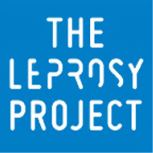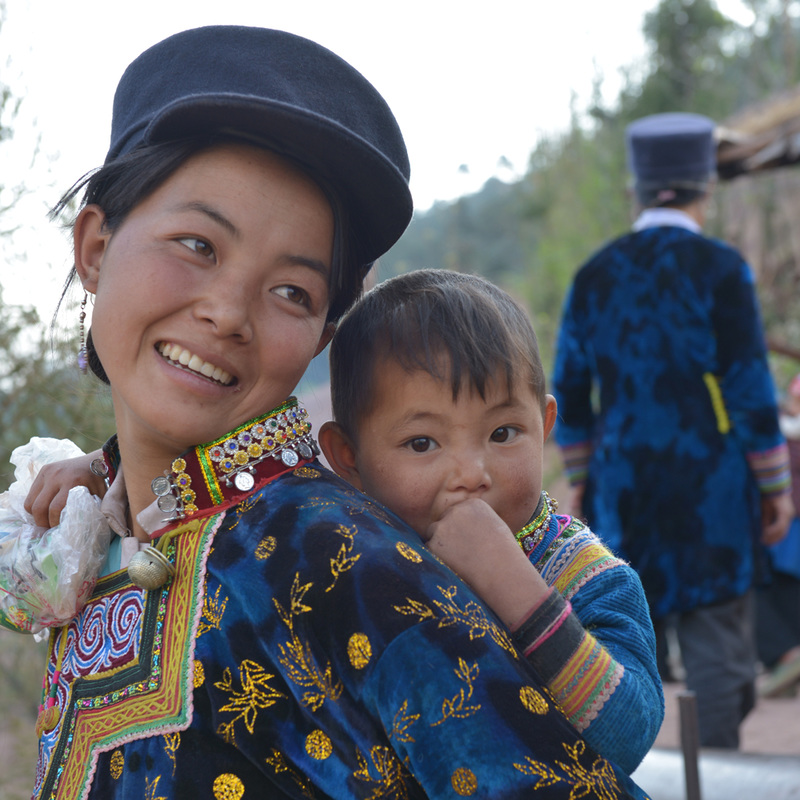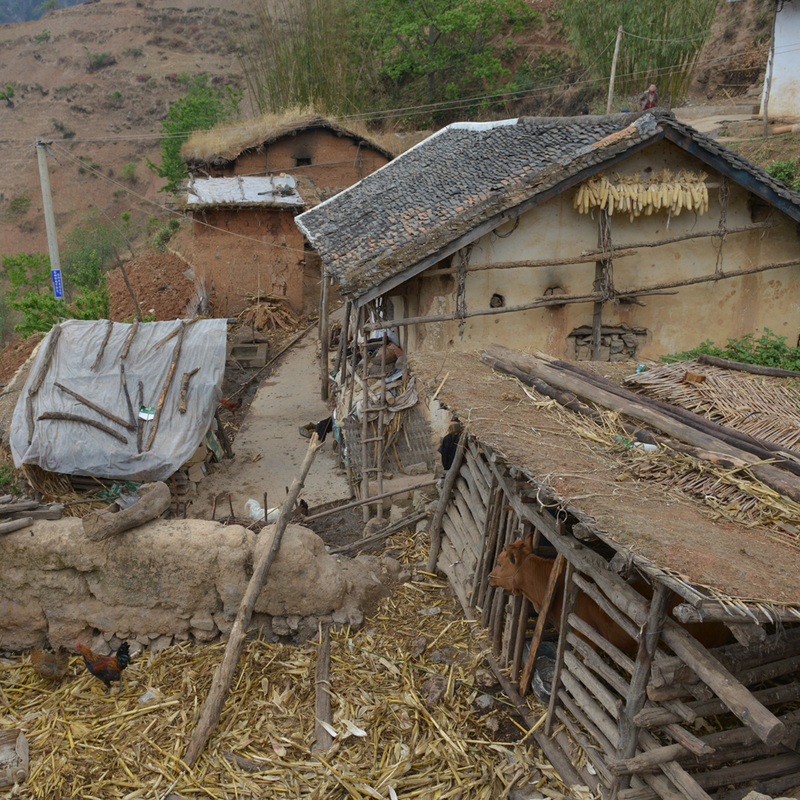The Leprosy Project serves 16 villages in this mountainous area of Sichuan. Click on the links below to see our areas of operations
Butuo Ganluo Huidong Huli Jinyang Leibo Luding Meigu Mianning Muli Xide Yanbian Yanyuan Yuexi Zhaojue
|
Puge
Sen Ke Luo Village
Year of Establishment: 1960 Population: 421 in 119 households Ethnicity: Yi People Affected by Leprosy: 67 (45 with visible disabilities) Geography: Puge County is in the southeastern part of Liangshan. The village is on the mountain slope 1.74KM above sea level. Households are scattered all over the mountain. It takes two hours to walk through the village from on end to another. The nearest market is in the county town 25km away from the road at the mountain foot. To get to the road, villagers need to walk a 15km long foot path. The unpaved footpath is filled with mud and water in the rain and virtually not fit for use in wet seasons. Economy: There are a total of 1,200 acre of arable land on the slopes. The plot size of each household ranges from a dozen to 40 acres. There is no irrigation and harvest is affected in dry seasons. Mainly corn, potatoes and wheat are grown. Infrastructure: There is water and power supply. New brick houses were built with government subsidies last year. We built a health clinic and activity center in 2007. Education: There is a primary school with four teachers and 124 pupils. The ratio of pupils from the leprosy village and from outside is 2:1. School was build with funding from Taiwanese businessman. There are four classrooms and a huge playground. The school is provided with audio-visual facilities and material stocked in the multi-media room. There is however no library. |





